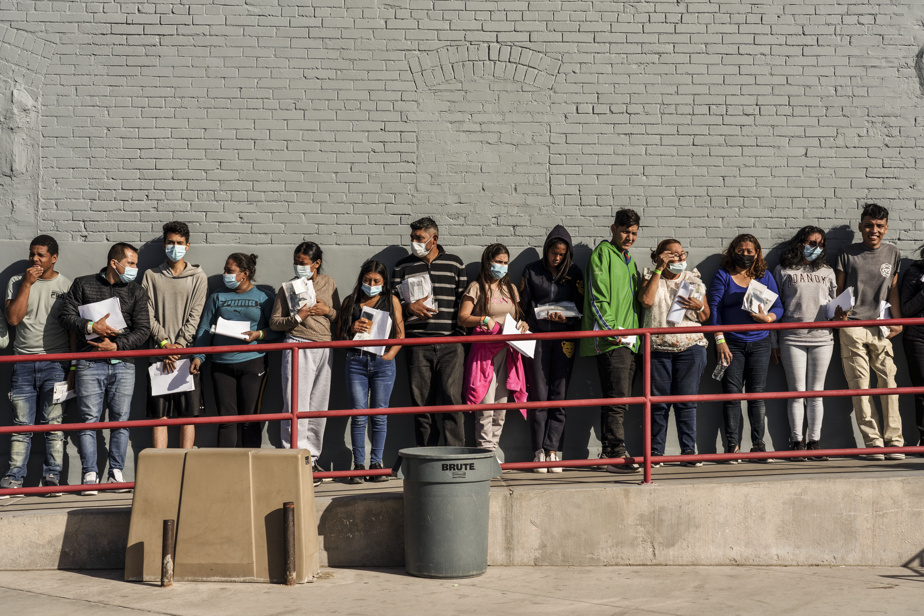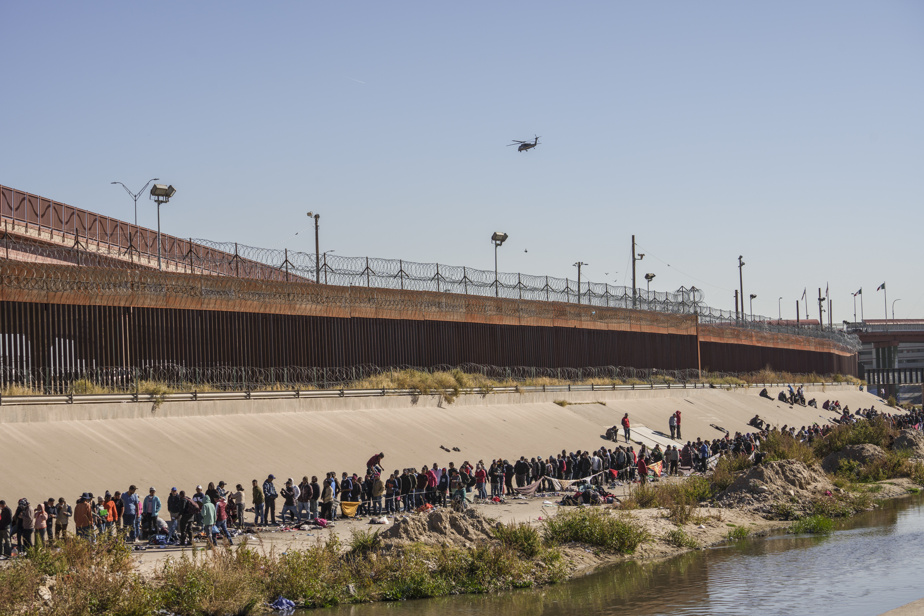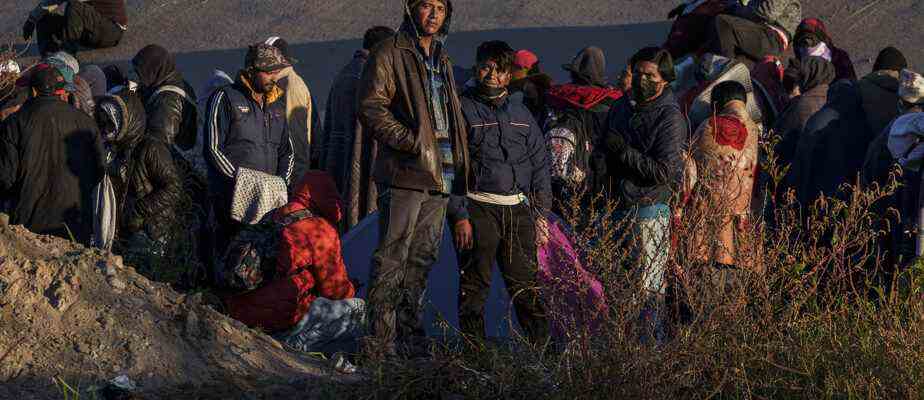(El Paso, Texas) Texas authorities took action on Tuesday to virtually shut down an international crossing in El Paso, as state police began conducting commercial vehicle inspections of every truck entering the United States.
State police have begun inspecting all trucks entering the United States. The measure resembles one ordered by Governor Greg Abbott last spring, which caused traffic jams greatly interrupting the flow of goods to the United States, with lines of trucks stretching for miles into Mexico. In protest, some Mexican truckers had created a blockade to further impede traffic and demand an end to inspections in Texas.
Mr. Abbott presented the effort as a way to pressure the Mexican government to do more to prevent migrants and smugglers from trying to cross the border. He ended up lifting the inspections after winning broad promises to strengthen law enforcement from local Mexican state leaders, including the governor of Chihuahua, which sits just across the border with El Paso.
But Mr. Abbott’s efforts and the promises of Mexican officials do not appear to have had much effect.
In recent months, El Paso has become a primary destination for illegal crossings.
Last weekend, Border Patrol agents recorded more than 7,000 encounters with migrants, including a group of around 1,000 people who crossed one of the city’s largest crossings together on Sunday evening.
Expired Title 42
The situation, fueled first by the arrival of large numbers of Venezuelans and, more recently, Nicaraguans, has provided insight into the difficulties that border communities could face at the end of a public health policy in case of a pandemic which made it possible to quickly return arriving migrants.
Until October, this policy did not apply to Venezuelans for diplomatic reasons, which meant that most Venezuelans were released back to the United States pending their immigration hearing. This policy, known as Title 42, still does not apply to Nicaraguans. It is due to expire next week unless a court pushes the date back.

PHOTO PAUL RATJE, THE NEW YORK TIMES
Migrants line up at the entrance to a downtown El Paso bus station after being dropped off there by US authorities on Monday.
Local authorities in El Paso have struggled to cope with these constant arrivals. Over the summer, city leaders launched a program to bus migrants, a large percentage of whom were from Venezuela, to destinations in the north and east, primarily the city. from New York. The program came to a halt after the Biden administration extended the public health policy to Venezuelans while providing the ability for up to 24,000 of them to enter the country legally.
From 30 minutes to several days
On Tuesday, officers from the Texas Department of Public Safety were seen carrying out inspections on the El Paso side of at least one international crossing point as traffic began to ramp up. These checks are authorized for vehicle safety reasons, and not for the search for contraband or migrants.
State police on Tuesday began conducting “enhanced random security inspections of commercial vehicles as they pass through international ports of entry,” the agency said in a statement.
Frustration escalated among truckers queuing for the second inspection after crossing the international bridge. Many shook their heads, others got out of their trucks and studied the slow truck traffic.
“We’ve heard it’s happening because of undocumented workers,” said Roberto Lugo, who reached the international bridge from the Mexican side at 6 p.m. Monday.
By 10 a.m. the next morning, he had crossed the border, but was still behind a row of trucks at the intersection of Delta Drive and Gateway North, not far from the main bridge.
Mr. Lugo had been informed that the Texas State Police were beginning their own inspections on Tuesday.
They just cause pushback for no reason, and that delays our work. The queue does not move. This will not prevent immigrants from crossing. It only affects us.
Roberto Lugo, truck driver
Some had heard that the state police checkpoints that made their lives miserable a few months ago were back.
Gonzalo Luna, who hauls electronics across the border, heard state agents were due to inspect his truck and seemed appalled at the amount of time he spent idling.
“I am beyond frustrated. I feel a sense of despair, he said. Today is the first day they do this. I hope it will be the last. »
Similar scenes were unfolding in Ciudad Juárez, where truck drivers formed an orderly line at the Cordova Bridge on Tuesday morning. Some said the crossings had been stopped for at least two hours.
“Normally it takes 30, 40 minutes to cross, but now I wonder if we are going to stay here for days,” said Oscar Barba, 50, a truck driver from Juárez who was taking a shipment of cardboard to El Paso to be recycled. “I just hope it won’t last long. We all have work to do, families at home waiting for us. »
The other crossing

PHOTO PAUL RATJE, THE NEW YORK TIMES
At the foot of the border wall that separates Texas from Mexico, hundreds of migrants line up to seek asylum.
At another point on the border, near downtown El Paso, hundreds of migrants, largely from Nicaragua and Venezuela, lined up on foot to seek asylum. Many of them are shivering under blankets after crossing the Rio Grande; temperatures in Juárez hover around -1 ohC after a cold front moved through the area.
“I just want to go to California,” said Ernal Romero, 37, who made the trip from Corinto, a town on Nicaragua’s Pacific coast where he worked as a fisherman.
Romero, barefoot and in shorts after fording the river, wrapped himself in a garbage bag as cold winds swept through the area.
“Nicaragua is not a place where you can live with dignity right now,” he said. I just want a better life. »
This article was originally published in the New York Times.
